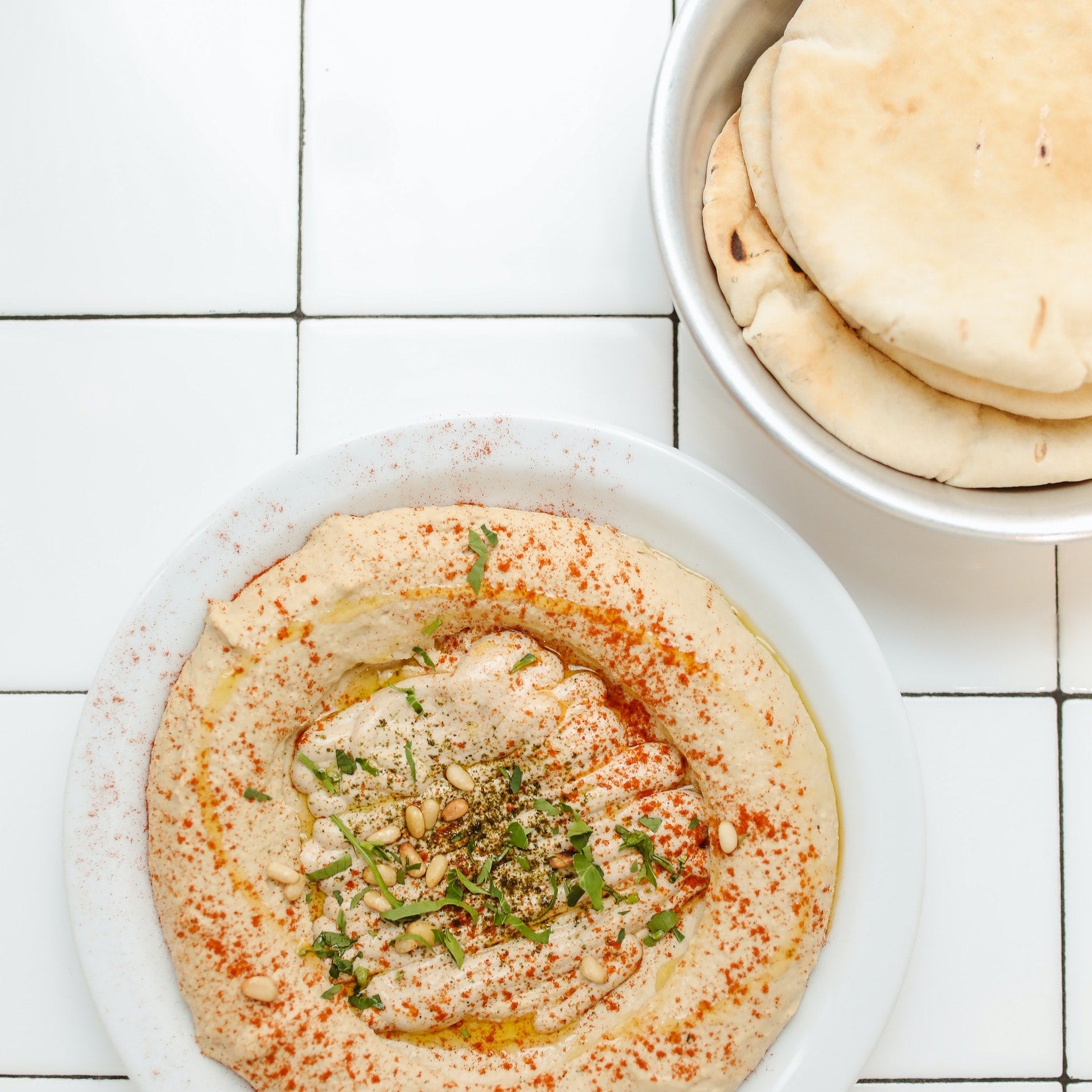Follow a plant-forward diet and random concerned citizens will inevitably ask you if you’re getting enough protein. The answer is almost certainly “Yes.” What they really should be asking is if you’re getting the right mix of protein. Though that’s probably a yes, too.
Every food contains a different combination of amino acids, the building blocks of proteins. “Complete proteins” have the nine essential aminos our bodies need to function but don’t make on their own. These come from animal sources and a few plants, including quinoa, soy, chia seeds, amaranth, and buckwheat. “Incomplete proteins”—found in most grains, legumes, and veggies—typically either lack or are deficient in certain essential aminos.
The good news is that the aminos one food lacks, another may have. These pairings are called “complementary proteins.” For example, grains may be low in lysine, but legumes like lentils and peanuts have plenty. They, however, are short on the amino methionine, which is plentiful in grains. Slather peanut butter on a multigrain cracker, and voilà, you have a complete protein.
This isn’t a puzzle folks who skip animal products need to spend a lot of energy solving. There’s no need to match up incompletes in a specific way, or even eat them in the same sitting. A healthy mix of plant-based sources (veggies, grains, legumes, nuts, and seeds) throughout the day will most likely get you to your recommended intake for protein.
Some tasty and easy complete-protein combos
1 cup of red beans over ½ cup of rice
½ cup of hummus and a 6-inch pita
1 cup of pasta e fagioli with a slice of garlic bread
3 tablespoons of almond butter on an English muffin
1 cup of sautéed spinach tossed with 2 tablespoons toasted pine nuts

